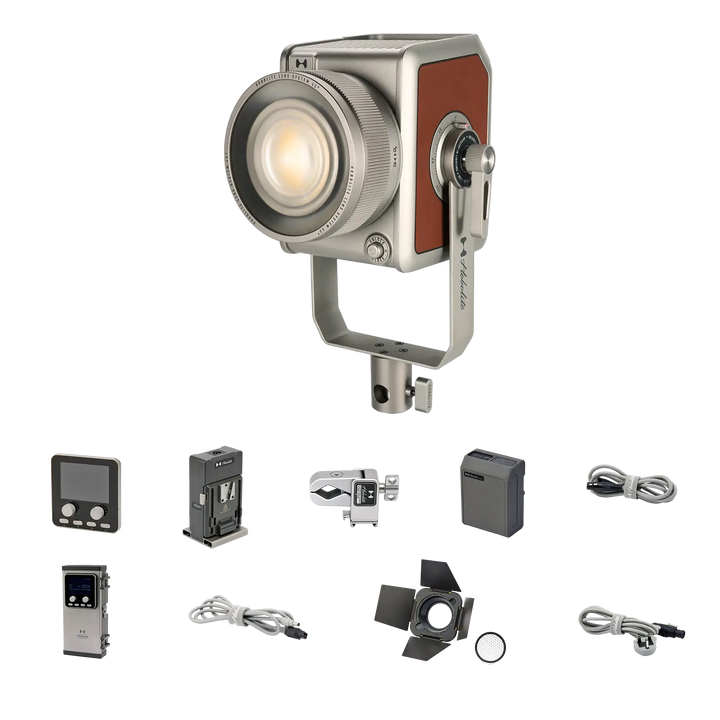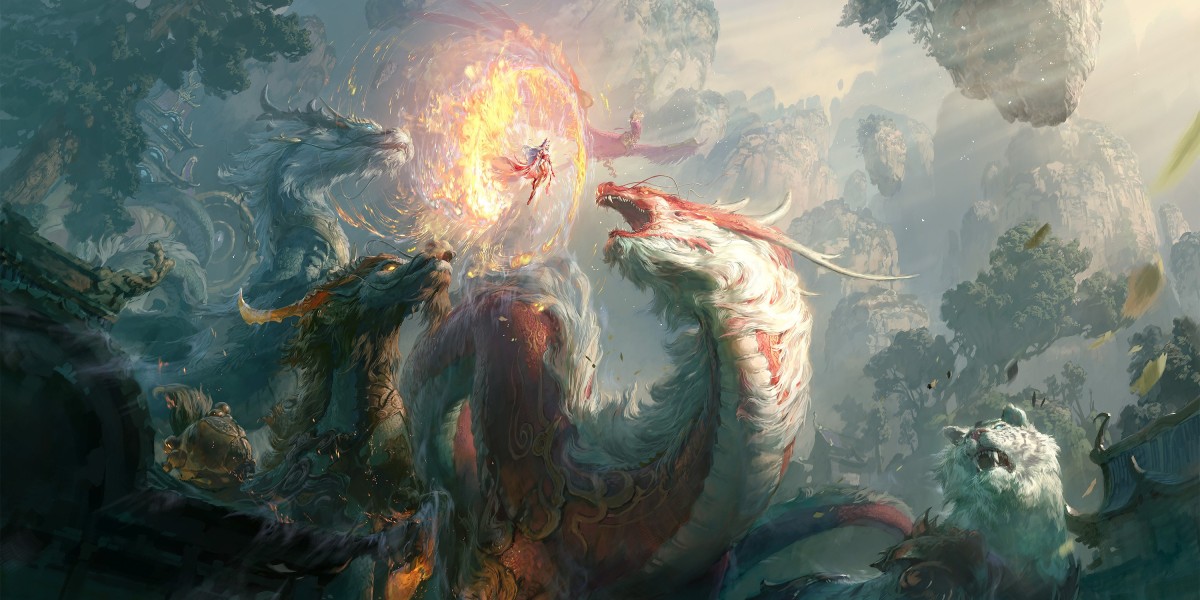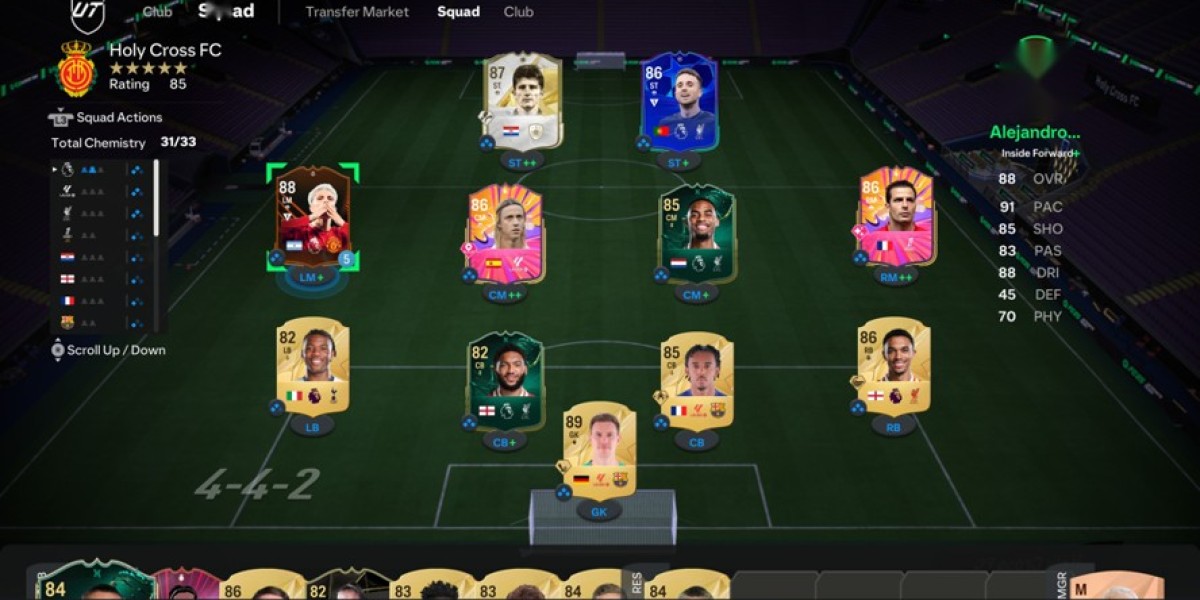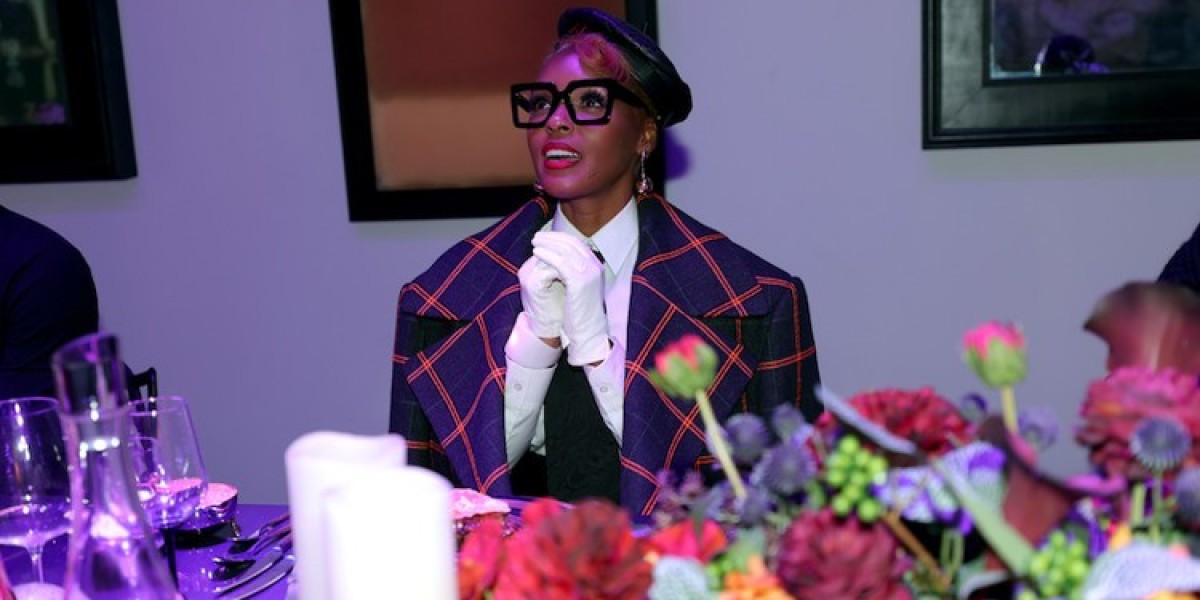Transform Your Photography Studio with Irresistible LED Lighting!
Lighting is arguably one of the most critical elements in photography, impacting everything from the mood of the image to the clarity of the subject. In recent years, LED lighting has gained immense popularity among photographers due to its versatility and superior quality. Unlike traditional lighting methods, LED lights offer consistent lighting quality, energy efficiency, and a broad spectrum of color temperatures. This article aims to guide you through the process of selecting the right LED lighting for your photography studio, ensuring your images come to life with vibrancy and clarity.

Understanding LED Lighting for Photography
LED, or Light Emitting Diode, lighting has revolutionized photography with its advanced technology. One of the most significant advantages of LED lights over traditional incandescent or fluorescent bulbs is their energy efficiency. They consume less power and have a longer lifespan, making them a cost-effective option for photographers. Additionally, LED lights produce less heat, allowing photographers to maintain a comfortable working environment. Key technical aspects to consider include color temperature, which affects the warmth or coolness of the light, and the Color Rendering Index (CRI), a measure of how accurately the light displays colors. A higher CRI rating (above 90) is preferred for photography, as it ensures that colors are rendered accurately, allowing for true-to-life images. Furthermore, LED lights often come with adjustable color temperatures, giving photographers the flexibility to tailor their lighting conditions to suit different settings and subjects.
Types of LED Lighting Suitable for Studios
There are various types of LED lighting setups that can enhance your photography studio. Softbox lights are popular for portrait photography, as they diffuse light evenly and reduce harsh shadows, creating a soft, flattering look. Panel lights, on the other hand, are versatile and can be used for both video and photography; they provide a broad, even light source that is excellent for large setups. Ring lights, often favored by beauty and fashion photographers, create a beautiful catchlight in the eyes and evenly illuminate the subject from all angles. Each type of lighting serves a unique purpose and can dramatically affect the final image. For instance, using softbox lights can soften skin tones and create a dreamy atmosphere, while panel lights are perfect for achieving a high-key look in fashion photography.
Key Features to Look for in LED Studio Lights
When purchasing LED lights for your studio, several key features are essential to consider. First, adjustable brightness is crucial; it allows you to modify the light intensity according to your specific needs. Portability is another important factor, especially if you plan to shoot in different locations. Look for lightweight options with battery power capabilities for easier transport. Additionally, ensure that the LED lights you choose are compatible with other studio equipment, such as light stands and triggers, to create a seamless workflow. Versatility is also vital; some LED lights come with color filters or gels that let you experiment with various lighting effects and settings. These features not only enhance your studio experience but also give you the creative freedom to produce stunning images.
Tips for Setting Up LED Lighting in Your Studio
Setting up LED lighting effectively requires a bit of planning and experimentation. Start by positioning your lights at different angles to see how they affect your subject; for portrait photography, a 45-degree angle often works well. Don’t forget to use diffusers to soften the light and reduce harsh shadows, leading to more flattering images. For product photography, consider using multiple light sources to eliminate shadows and achieve even lighting across the product. Experiment with various setups, such as creating dramatic lighting with a key light and fill light, or using backlighting to add depth to your photos. Remember, the goal is to create a lighting setup that complements your subject and enhances the overall composition.
Common Mistakes to Avoid When Using LED Lighting
Many photographers encounter pitfalls when first using LED lighting in their studios. One common mistake is underestimating the power of light placement; even slight changes in position can dramatically alter the mood and quality of the image. Additionally, neglecting to adjust the color temperature can result in unflattering colors that are difficult to correct in post-production. It's also essential to avoid relying solely on one type of light; mixing different light sources can create dynamic and interesting effects. Understanding the dynamics of light and being willing to experiment with different setups is key to mastering LED lighting.
Maximizing the Benefits of LED Lighting for Photography
In summary, LED lighting is an invaluable asset for any photography studio, offering benefits like energy efficiency, versatility, and superior color accuracy. By understanding the various types of LED lights available, the key features to consider, and effective setup tips, you can transform your studio into a creative haven. Don't hesitate to explore different LED options and experiment with your lighting setups to achieve outstanding results. With the right LED lighting, your photography can truly shine!








